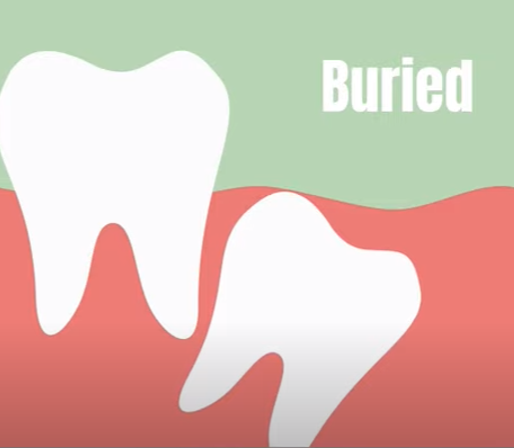The wisdom tooth, also known as the third molar, is a peculiar dental feature that has fascinated scientists and intrigued individuals for centuries. While most of us have experienced the discomfort and pain associated with its eruption, few truly understand the origins and purpose of this seemingly unnecessary tooth.
The history of the wisdom tooth begins millions of years ago, during the evolution of our ancestors. Our distant relatives, the early hominids, had larger jaws and utilized their teeth differently compared to modern humans. These ancestors had a diet comprised of roots, nuts, and tough meats, which required more dental power for chewing and grinding. The wisdom teeth served as an extra set of molars, aiding in effective mastication and digestion.
As humans evolved, our diets underwent significant changes. With advancements in tools and technology, the need for such robust dental structures diminished, and our jaws gradually became smaller. Unfortunately, our third molars did not evolve at the same pace, leading to a discrepancy between the size of the jaw and the size of the teeth. This mismatch often results in impaction, crowding, and various other dental problems associated with the eruption of wisdom teeth in modern humans.
The term “wisdom tooth” originated from the concept of adulthood and maturity. These molars typically begin to erupt between the ages of 17-25, a period associated with the transition from adolescence to adulthood. Thus, they were thought to signify the emergence of wisdom and maturity.
Despite the complications they can cause, wisdom teeth are not entirely useless remnants. A minority of individuals may experience the eruption of wisdom teeth without any issues, benefiting from the additional molars for chewing purposes. However, regular dental check-ups are essential to ensure their proper growth and prevent potential problems.
The wisdom tooth is a fascinating enigma—a relic from an evolutionary past that has persisted within our modern mouths. It serves as a reminder of our ancestors’ dietary needs and a testament to the ongoing process of human evolution. While it may cause discomfort for some, its presence is a testament to our shared history and an intriguing piece of our evolutionary puzzle.

